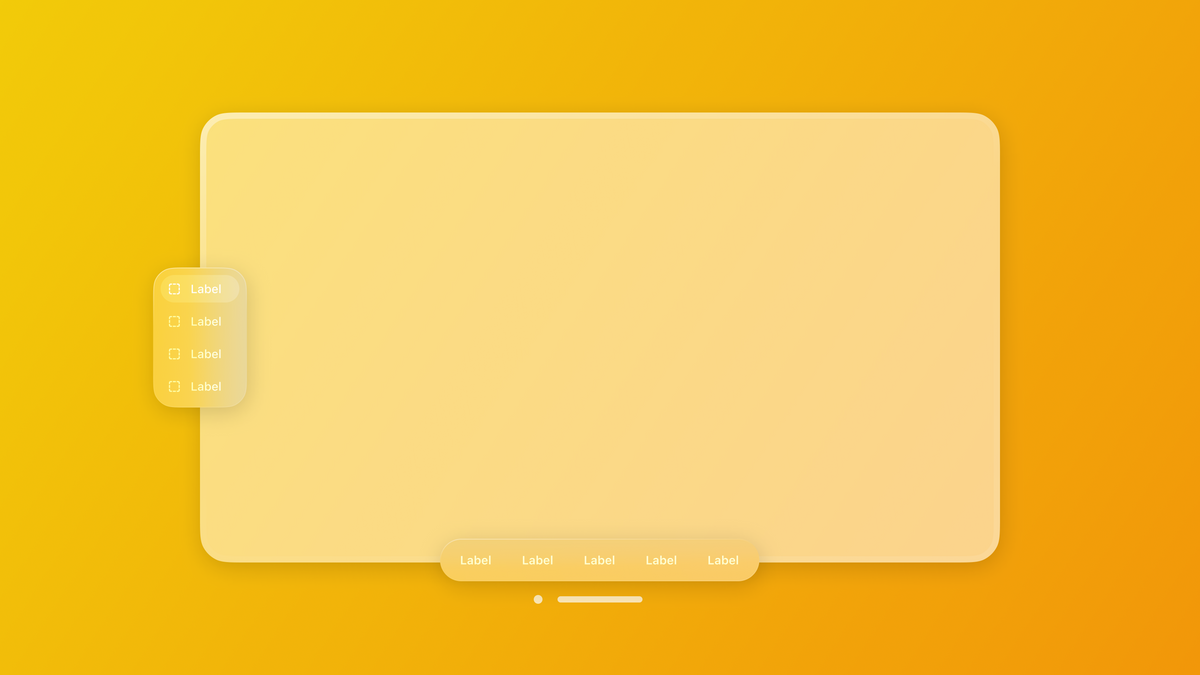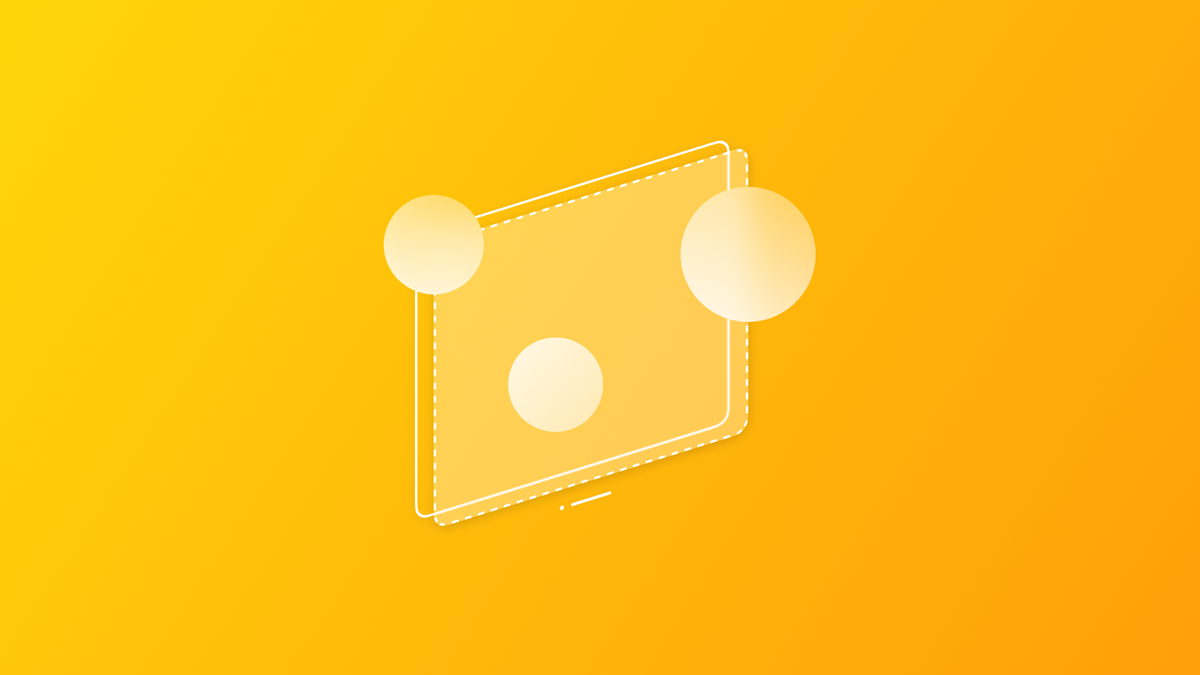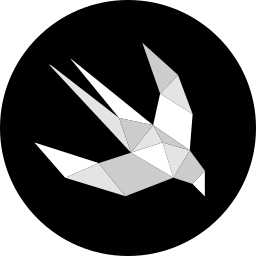Make it Spatial
Building limitless experiences
Spatial computing is not just a trend; it’s a paradigm shift in the way we interact with digital environments, pushing the boundaries of imagination and technological innovation. Make it Spatial is our dedicated section where we explore the realms of spatial computing.
We believe in the transformative power of spatial computing, a universe where technology meets limitless creativity. Our focus is not just on adapting to this new era but on leading the charge, ensuring that spatial computing is not just an elite concept but an inclusive, engaging, and intuitive experience for all.
With a blend of insightful articles and practical guides, from understanding the basics of spatial dimensions to the intricate challenges of designing for visionOS, we aim to equip and inspire.
Exploring Spatial Computing
Delve into the fascinating world of spatial computing, where digital and physical realms merge. Discover how this cutting-edge technology is reshaping our interaction with the world around us. From the basics of spatial perception to the latest advancements, we uncover the secrets and potential of this transformative tech. Whether you're a curious beginner or a seasoned tech enthusiast, prepare to embark on a journey through the limitless possibilities of spatial computing.




Design for visionOS
This segment is dedicated to those who aspire to shape the future through intuitive and groundbreaking designs in visionOS. Embark on a journey to master the art of creating engaging, user-centric experiences that harness the full potential of spatial dimensions. Join us in this creative quest to redefine the boundaries of digital spatial design.





To support your ideation and design process check out the Speculative Spatial Design Canvas. A tool for creating spatial computing experiences, meticulously crafted and informed by scientific insights from Neuroscience. It offers a comprehensive framework for developers to navigate the intricacies of spatial design with confidence and clarity.
Download for free on Gumroad.
To go in deep on the thinking behind the canvas and how to use its artboards, read the following article:


To take the concept even further, also explore following articles relating to developing games for visionOS as well as specialized applications, such as within the field of medical treatments and surgery.


Develop for visionOS
This is where coding meets the cutting edge of spatial computing. Whether you're a novice or an expert developer, this section provides the tools, knowledge, and resources needed to build sophisticated applications for visionOS. Get ready to turn your innovative ideas into reality with visionOS.





















Related
Our related resources section collects topics indirectly related to, yet instrumental for, designing and developing for visionOS. These resources provide valuable insights to enrich your understanding and skills in areas complementary to spatial computing.








